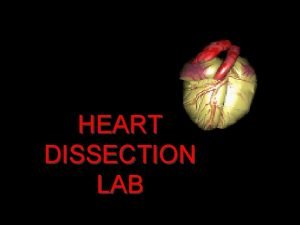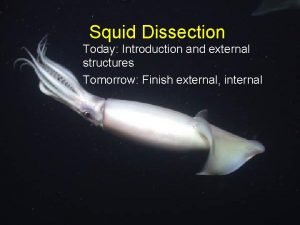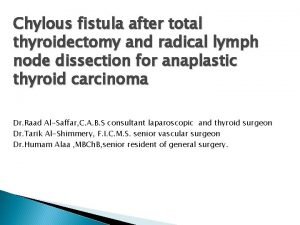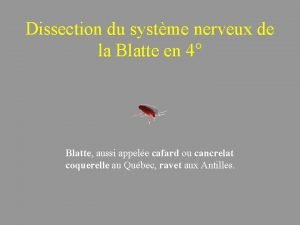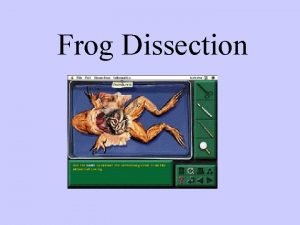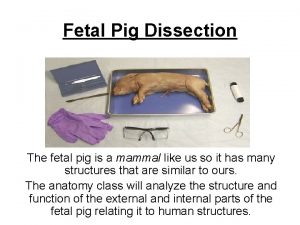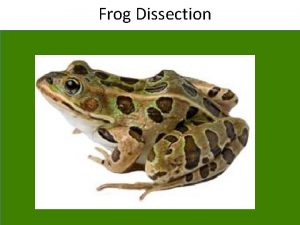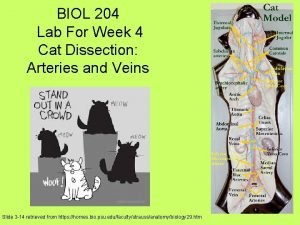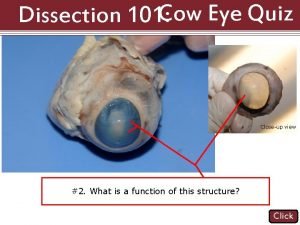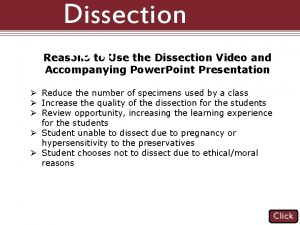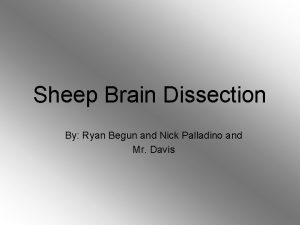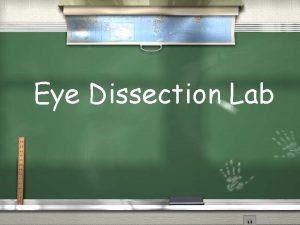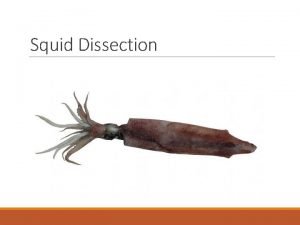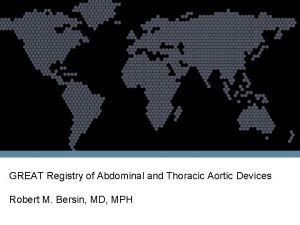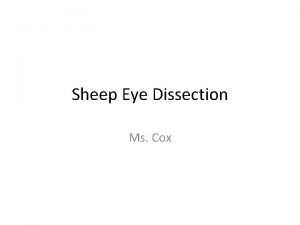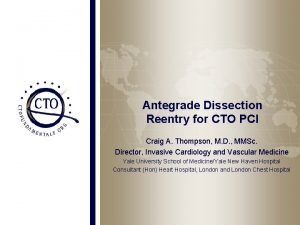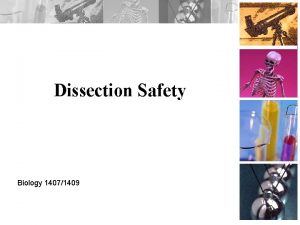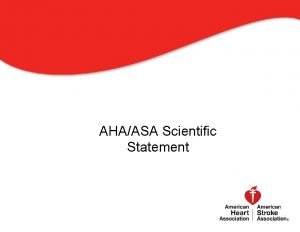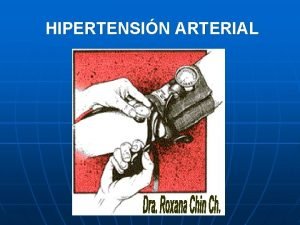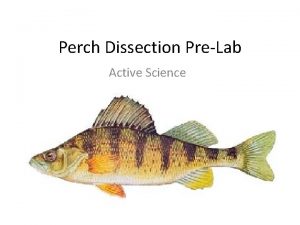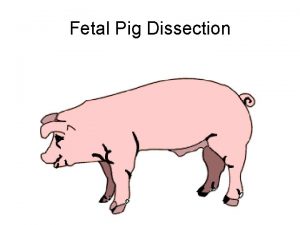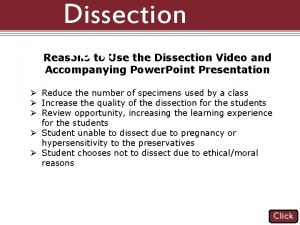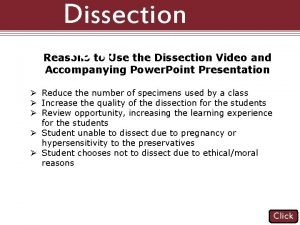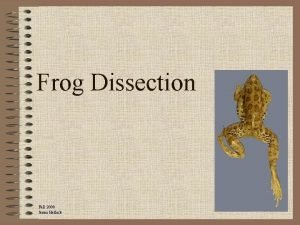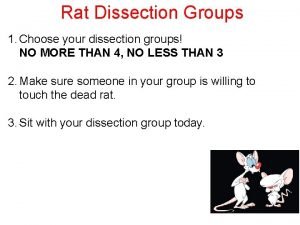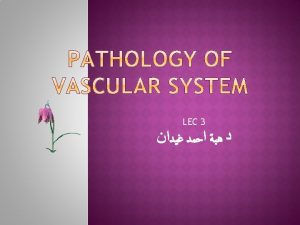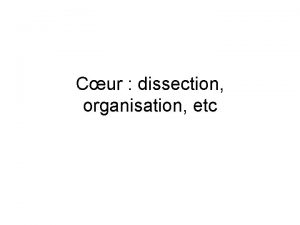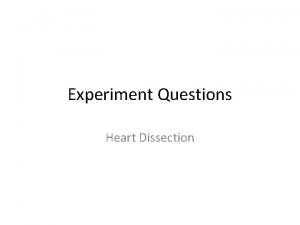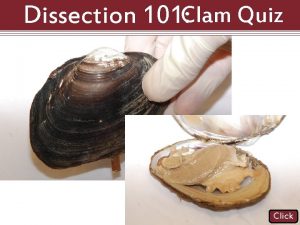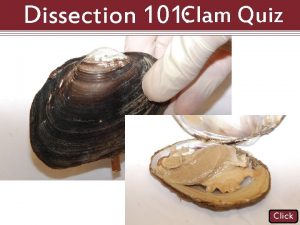Cervicocephalic Arterial Dissections 2005 06 14 Arterial Dissection



























- Slides: 27

Cervicocephalic Arterial Dissections 洪國華 2005 -06 -14

Arterial Dissection • A tear in the intima or media of the artery

Consequences of Arterial Dissections a. Formation of elongated intramural hematoma b. Complete occlusion of arterial lumen c. Creating a false lumen d. Creating a dissecting aneurysm



Back to Consequences

Back to Consequences

Back to Consequences


Dissecting aneurysm

False Aneurysm or Pseudoaneurysm • Pseudoaneurysm happened in traumatic extracranial arterial dissection (Vs dissecting aneurysm secondary to spontaneous dissection)

How does it cause a stroke? • Extracranial arterial dissection – Occlusion by false lumen or superimposed thrombus – Embolism • Intracranial arterial dissection – Subarachnoid hemorrhage

Which arteries are prone to dissection? ⅔ Internal carotid artery (just above the bifurcation) ⅓ Vertebral artery (80% at C 2 level)

What causes arterial dissection? ① Traumatic dissection a. Definite b. Trivial (‘spontaneous’ in fact? ) ② Spontaneous dissection (incidence = 5/100 000)

Traumatic Dissection • • • Whiplash injury Neck manipulation Iatrogenic cerebral angiography Sports Reversing the car Painting the ceiling



Spontaneous Dissection • Fibromuscular dysplasia • Cystic media necrosis • Known heritable connective tissue disorders • Marfan’s syndrome • Ehler-Danlos syndrome type IV & VI • Osteogenesis imperfecta • Pseudoxanthoma elasticum • Polycystic kidney • Possibly atheromatous risk factors

Clinical features of carotid artery dissection • Pain around the eye or frontal region, sometimes in the neck • Focal monocular or carotid territory ischemic symptoms • Horner’s syndrome • Cranial nerve palsy • Neck bruit or pulsatile tinnitus may occur

Clinical features of vertebral artery dissection • Focal vertebrobasilar ischemic symptoms, most commonly features of a lateral medullary or cerebellar infarct, especially if preceded by a posterior neck pain or occipital headache

Diagnosis of stroke due to artery dissection • Consistent clinical features • CT (or MRI) brain scan shows an ischemic stroke in the territory of a major cerebral artery • Duplex sonography • MRA and MRI of brain and neck • Contrast intra-arterial


Back to Diagnosis

Back to Diagnosis

Long segmental narrowing String sign Dissecting aneurysm Tapered occlusion False lumen

Treatment • • • No controlled study Antiplatelet therapy Anticoagulant Placement of stents Surgical treatment

Thank you for your attention!
 Sheep heart dissection labeled
Sheep heart dissection labeled Dissection alternative assignment
Dissection alternative assignment Sea urchin reproduction
Sea urchin reproduction Squid external anatomy
Squid external anatomy Lymph node dissection
Lymph node dissection Dissection de la blatte
Dissection de la blatte Frog dissection
Frog dissection Swine external anatomy
Swine external anatomy Dissecting grass frog
Dissecting grass frog How to dissect a sheep heart
How to dissect a sheep heart Cat dissection arteries
Cat dissection arteries Cow eye dissection quiz
Cow eye dissection quiz Extrinsic muscle of the eye
Extrinsic muscle of the eye Sheep brain sulcus
Sheep brain sulcus Hard exterior
Hard exterior Pigeon dissection labeled
Pigeon dissection labeled Digestive gland starfish
Digestive gland starfish Worm dissection worm scienstructable template
Worm dissection worm scienstructable template Starfish dissection game
Starfish dissection game Lab virtual eye dissection
Lab virtual eye dissection Squid classification
Squid classification Taxonomic classification of grasshopper
Taxonomic classification of grasshopper Clam dissection labeled
Clam dissection labeled Type b aortic dissection
Type b aortic dissection Spinotrapezius mink
Spinotrapezius mink Dissection tulipe
Dissection tulipe Dissected sheep eye labeled
Dissected sheep eye labeled Antegrade stick
Antegrade stick
